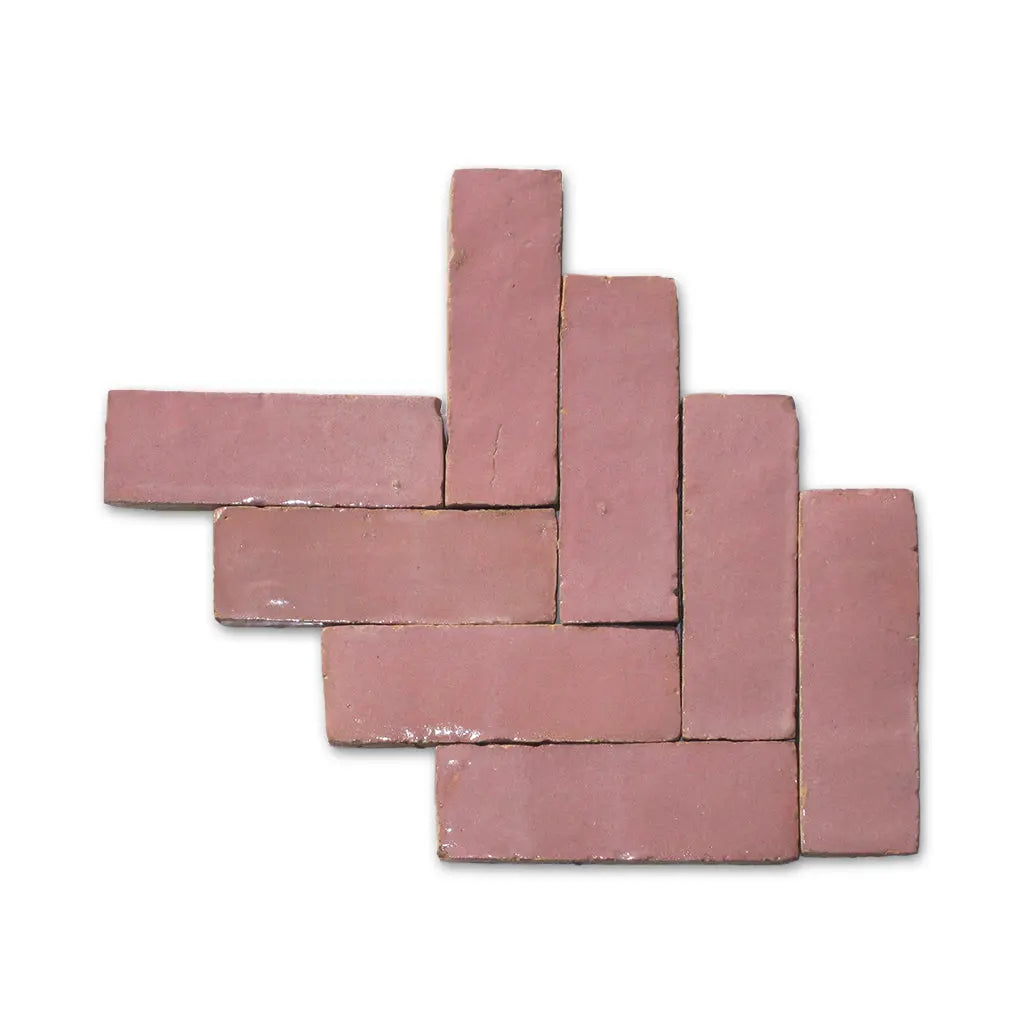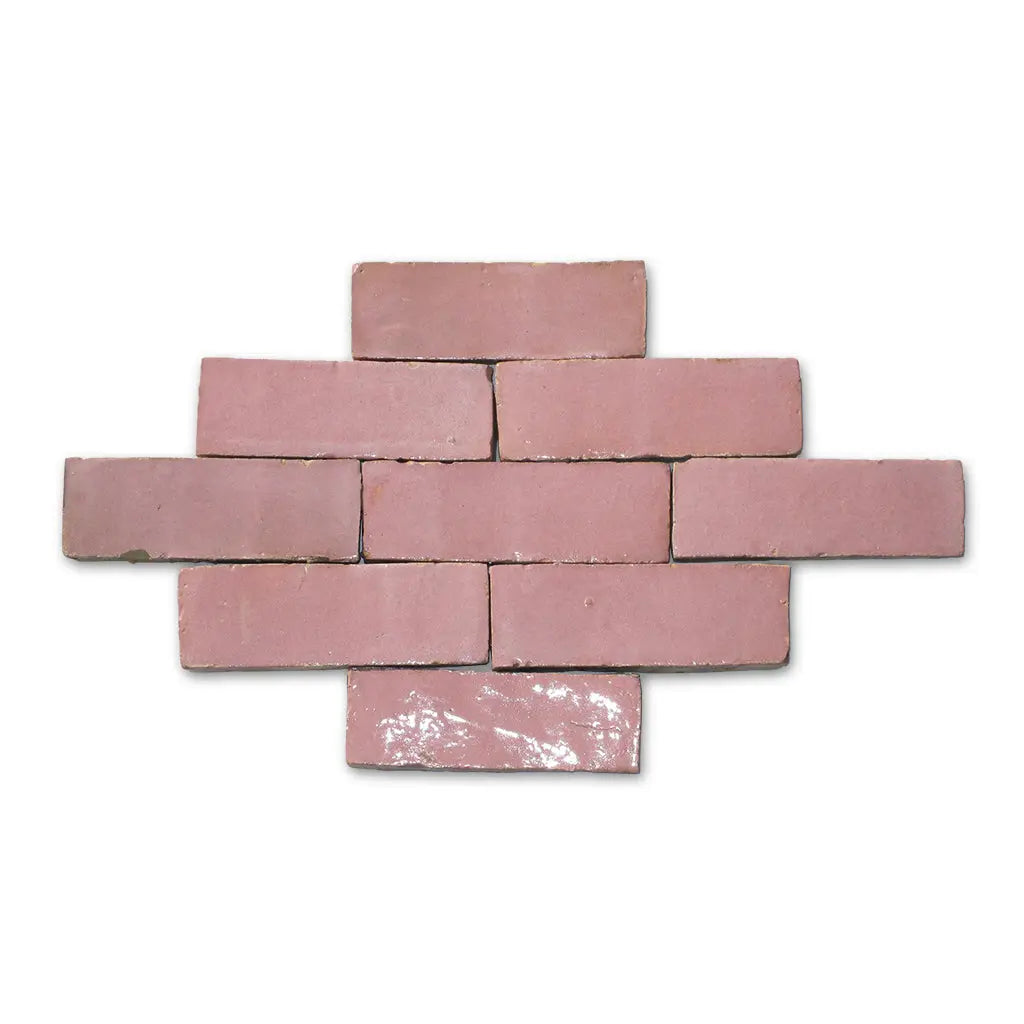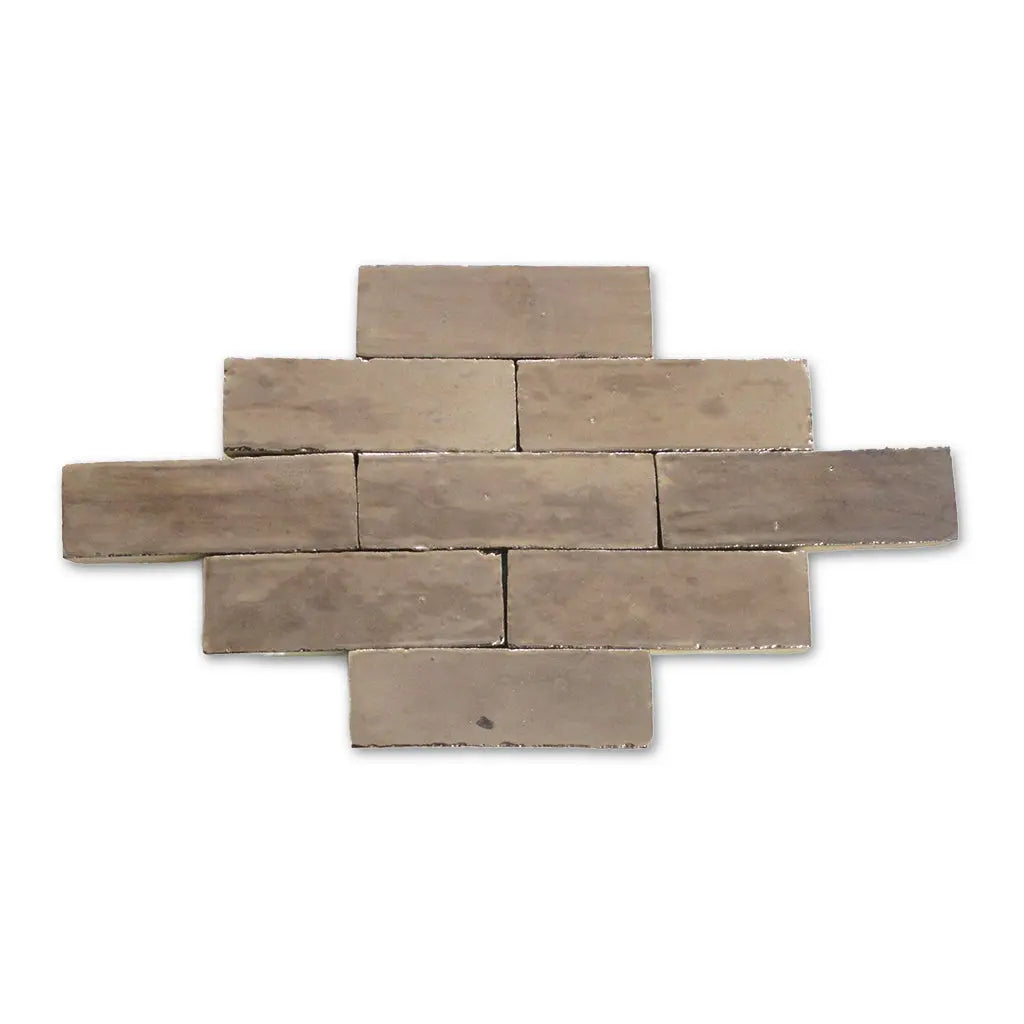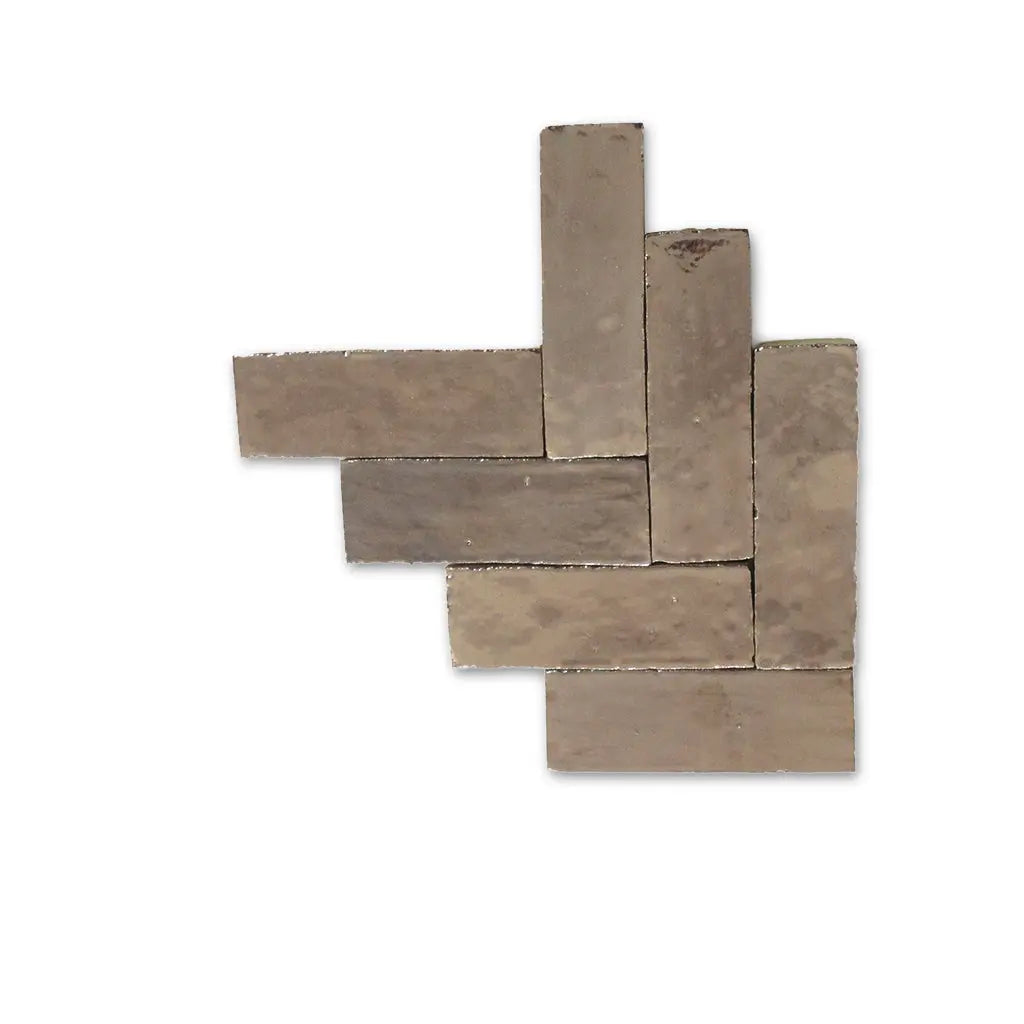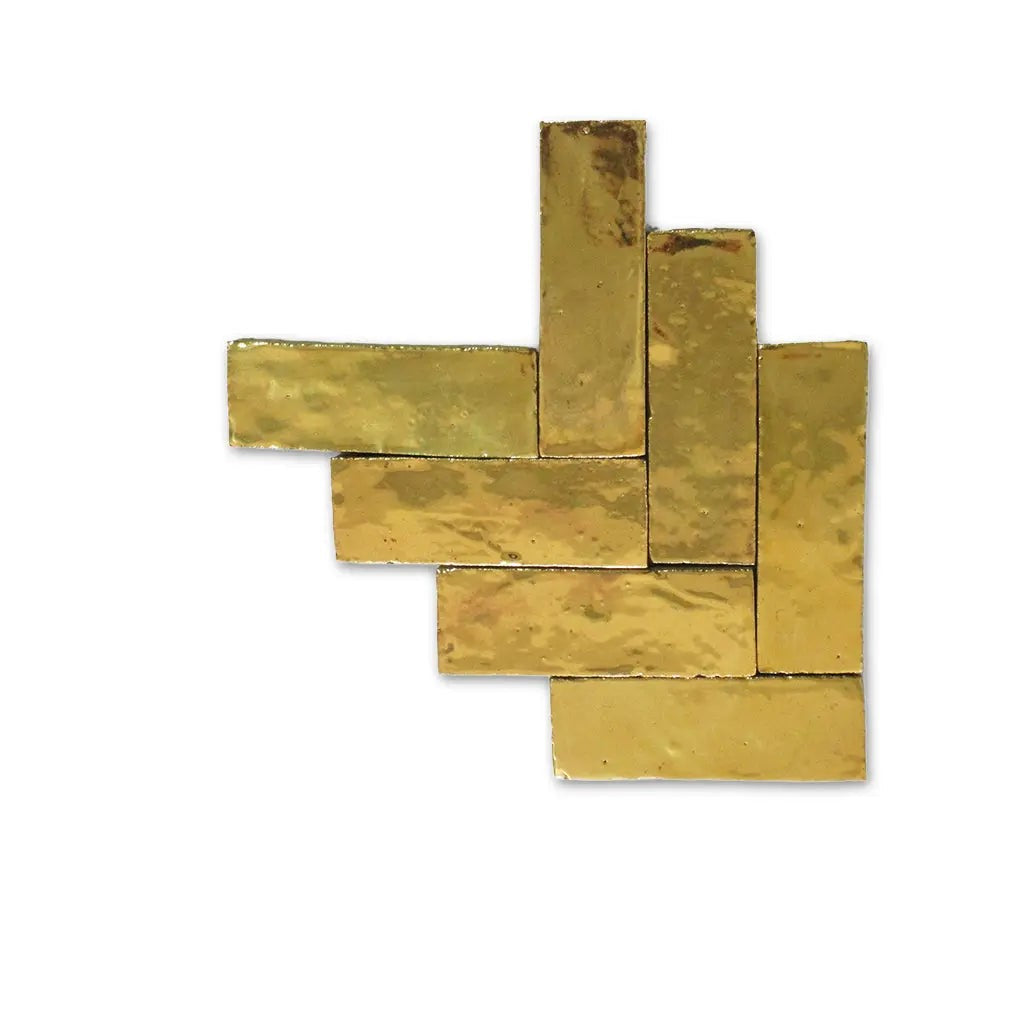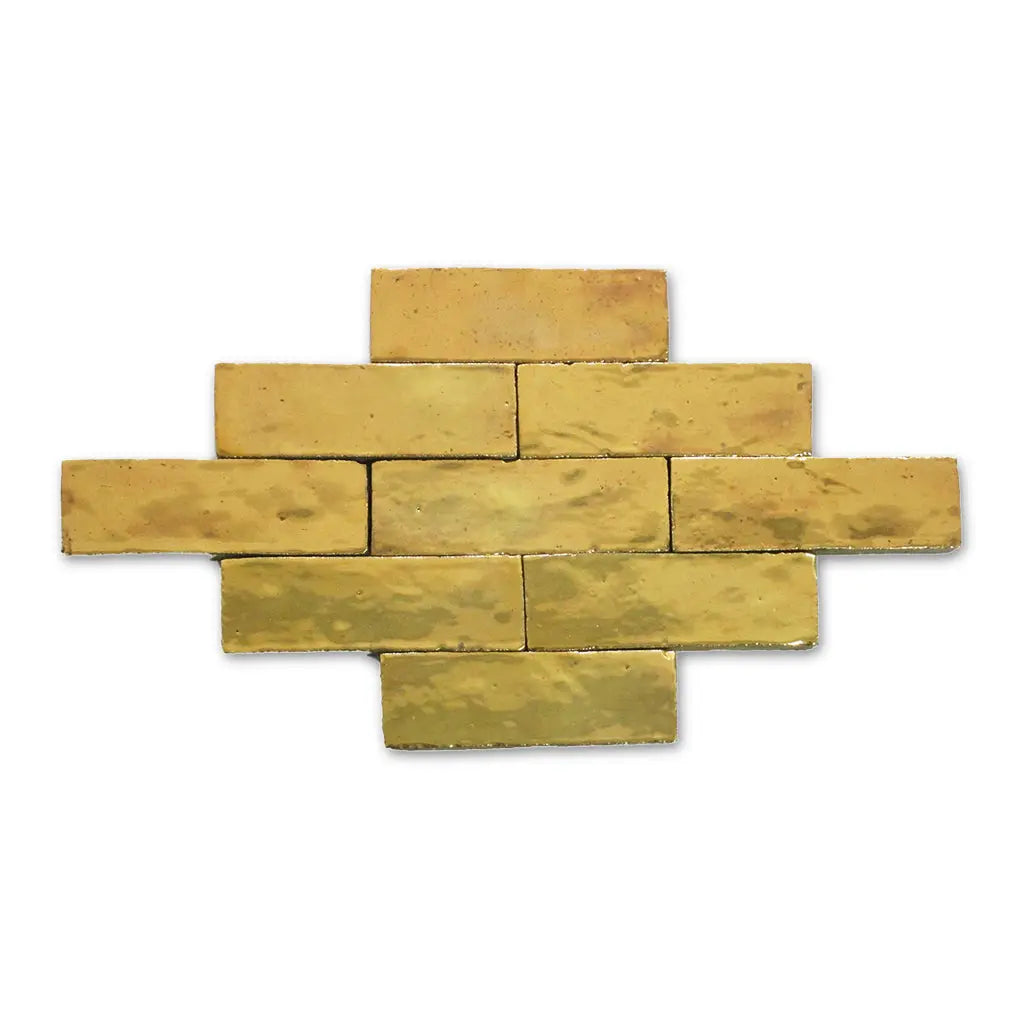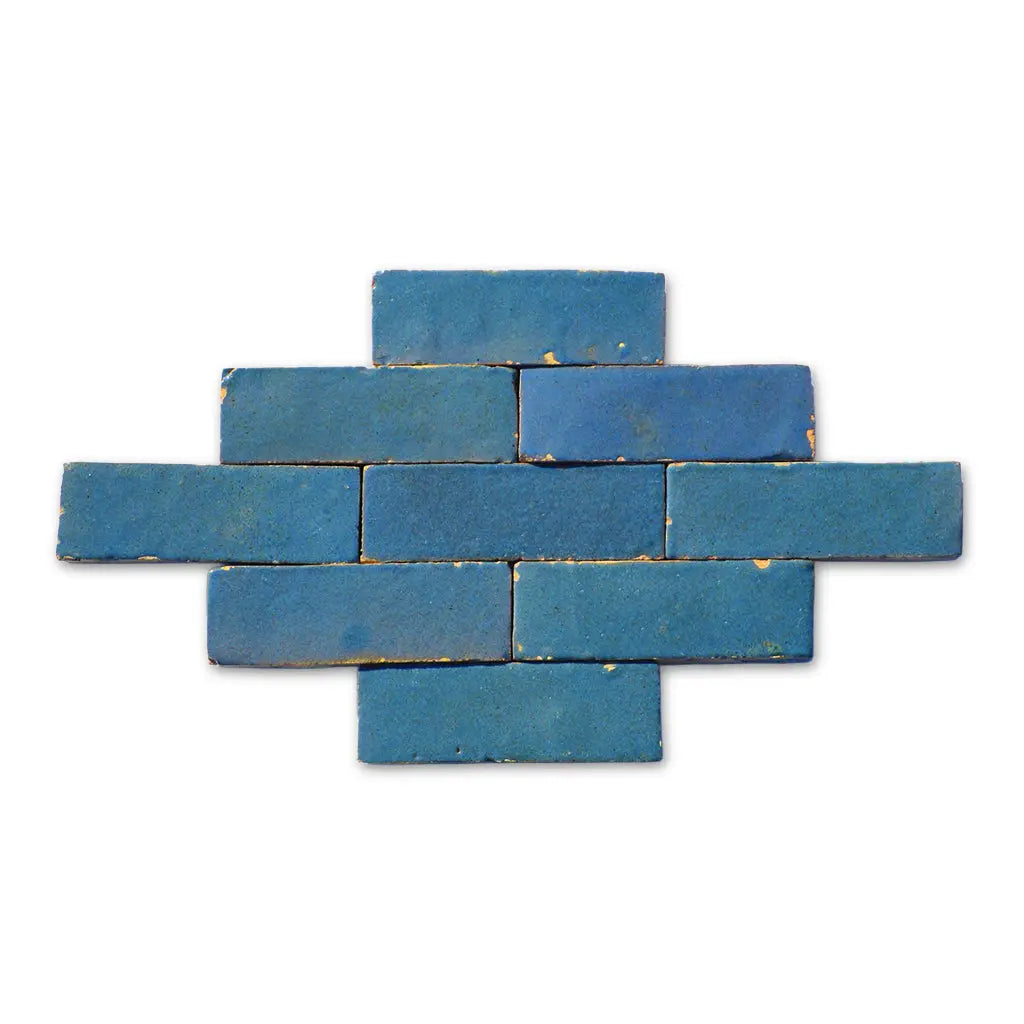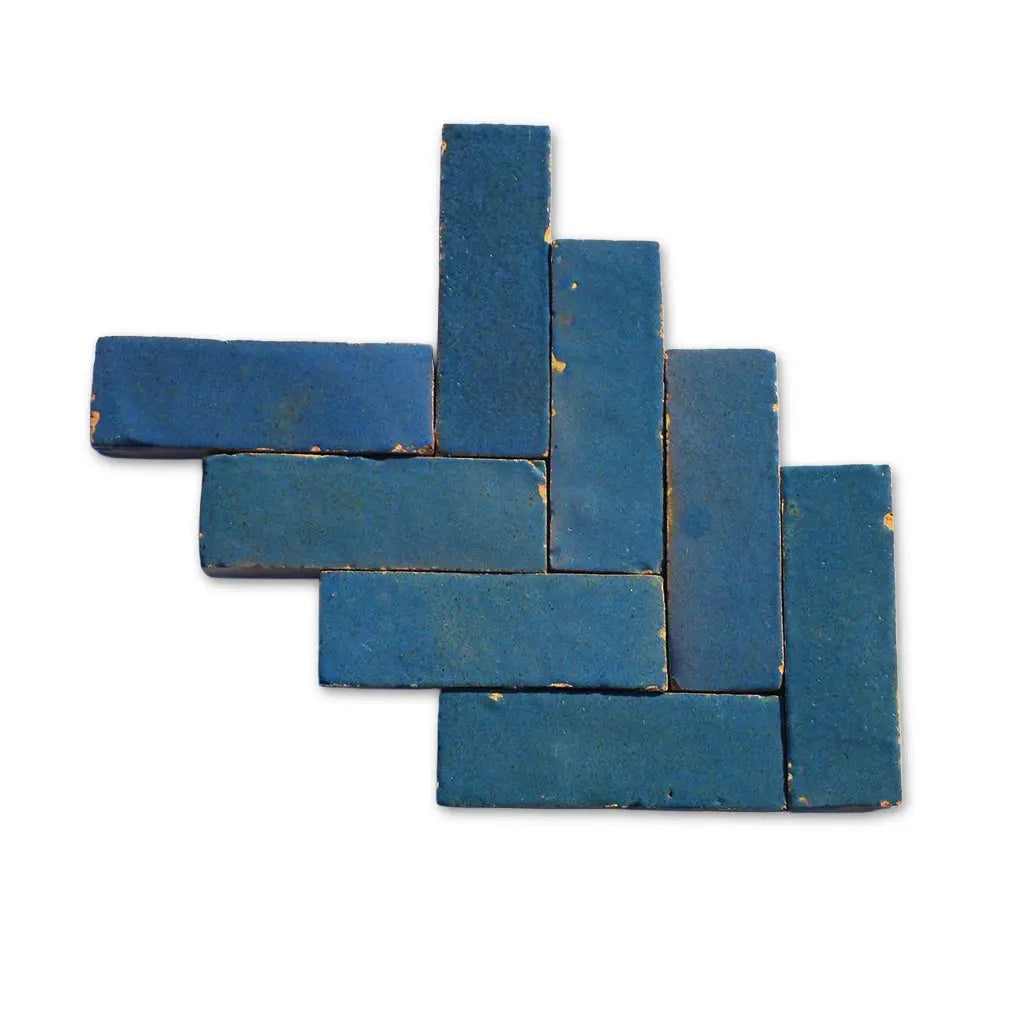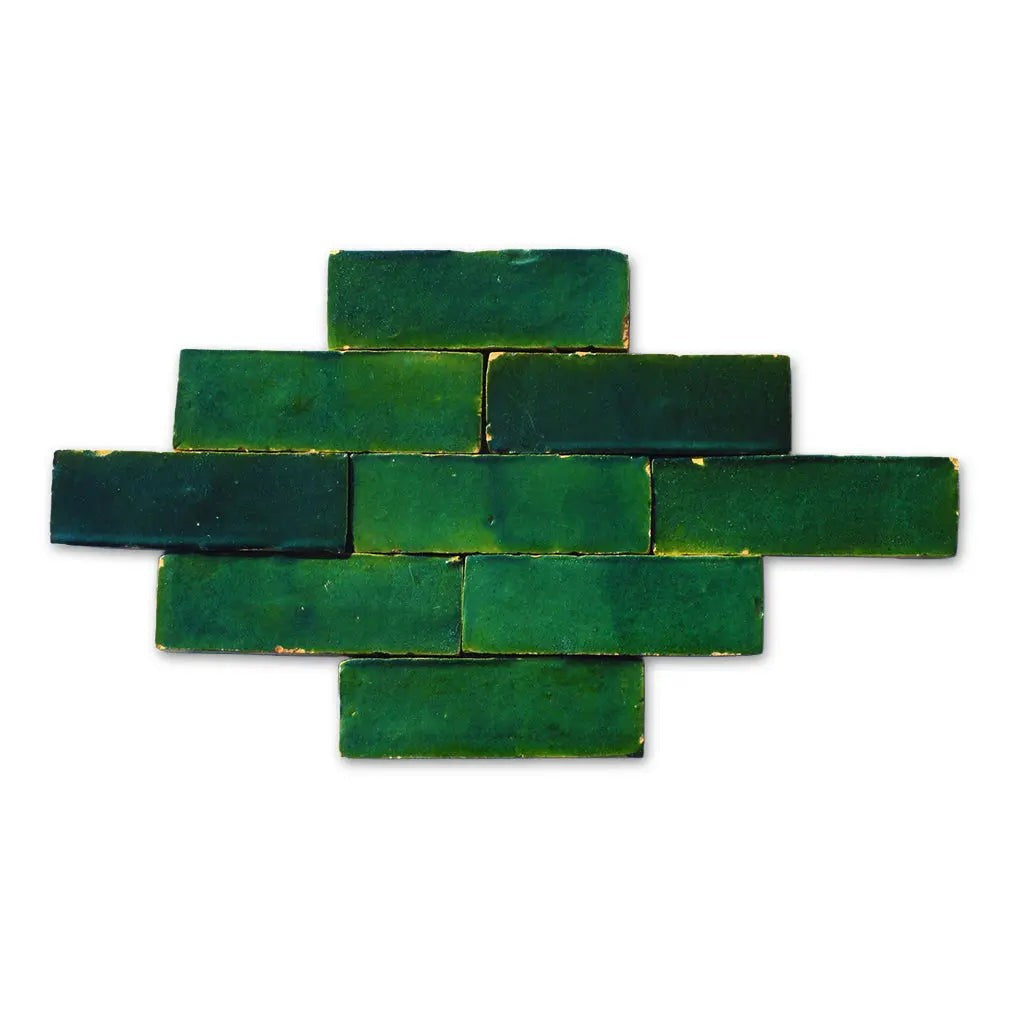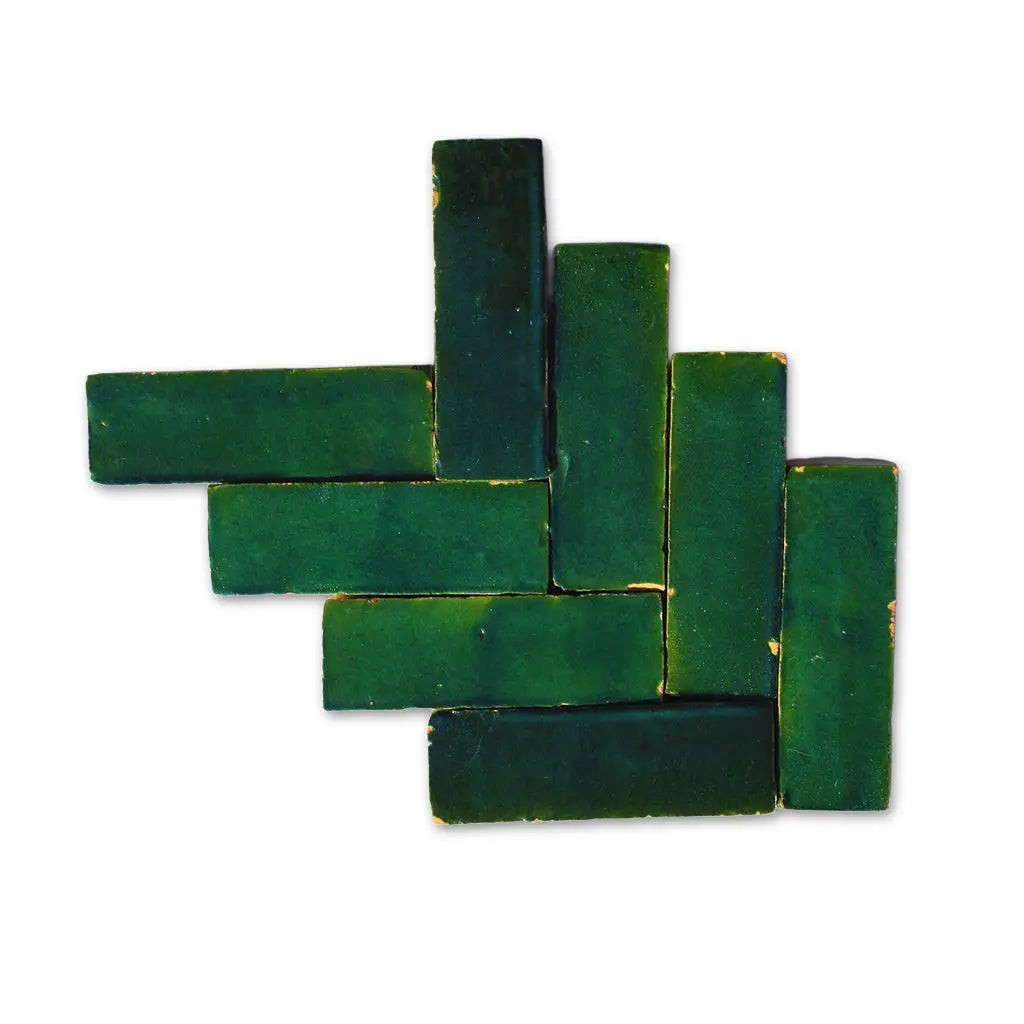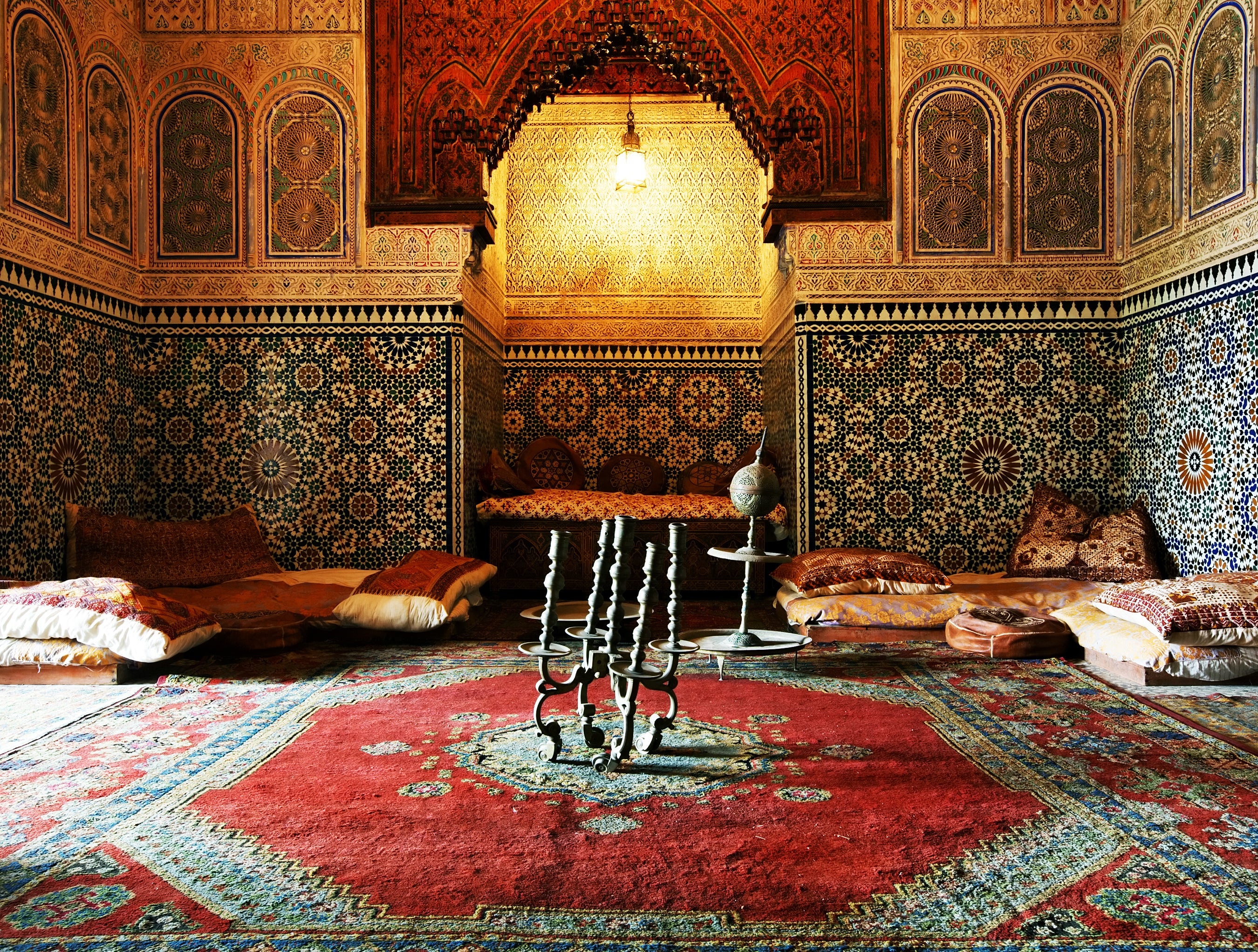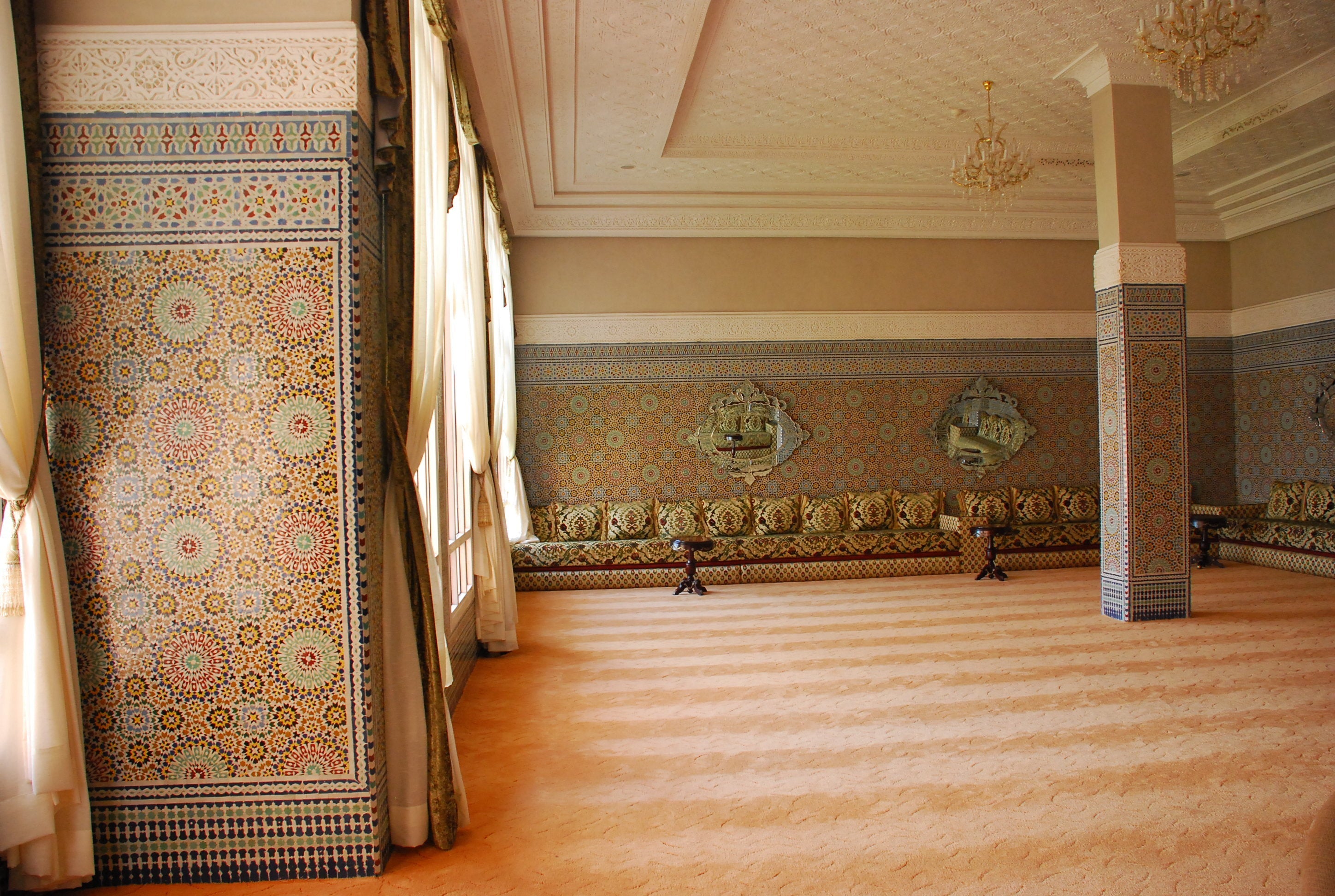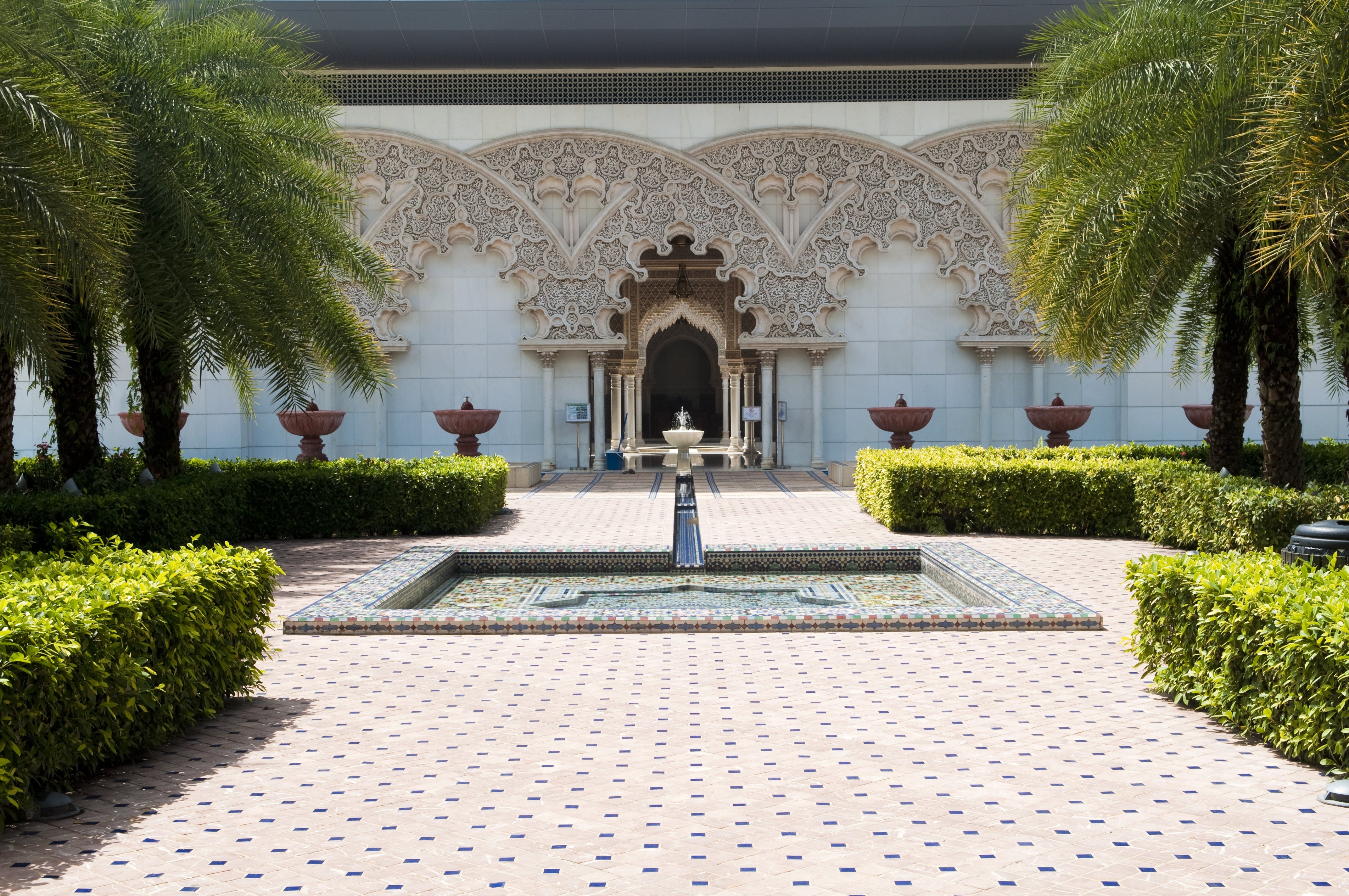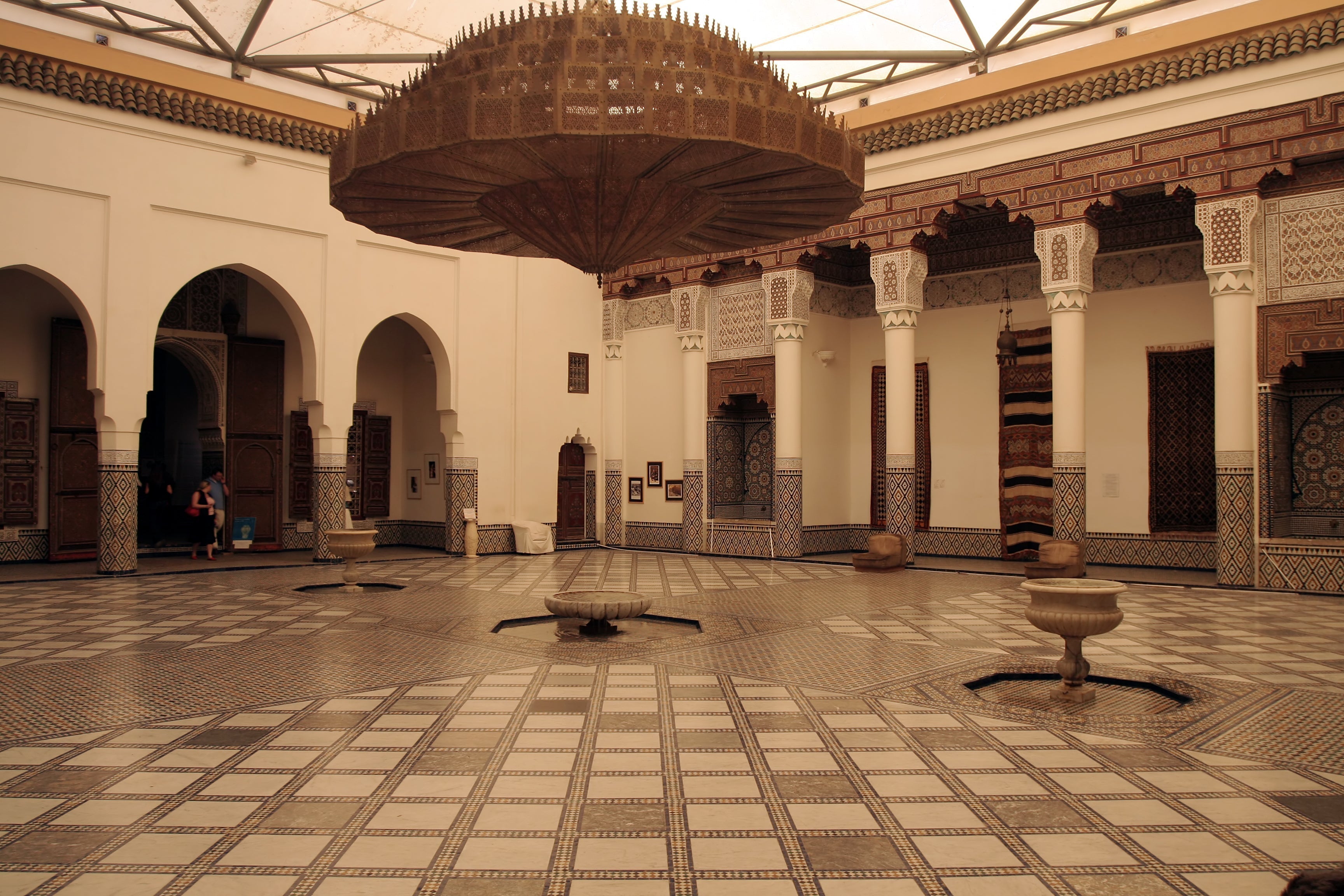
Zellige in Hammams: Tradition in Modern Hospitality
Hammams have always been at the center of Moroccan daily life. More than just a bath, they are places for rest, ritual, and connection. The materials used inside a hammam must withstand heat, humidity, and constant use. For centuries, zellige tile has been the answer — combining durability with the unmatched beauty of handmade craftsmanship. Today, hospitality projects around the world continue this tradition, using zellige in hotels, riads, and modern wellness spaces to recreate the timeless calm of the Moroccan hammam.

The Role of Zellige in Hammam Culture
Zellige has always been more than decoration. Each tile is hand-cut from clay, glazed in natural colors, and fired in traditional kilns. In hammams, these tiles cover every surface floors, benches, fountains, and walls. Their glossy finish resists water while their irregular surface reflects light in soft, calming ways.
Hospitals, boutique hotels, and wellness resorts often choose green zellige for hammam walls, while others use marazzi zellige gesso or mosaic factory zellige to achieve different textures and tones. This continuity between past and present ensures that every hammam feels both authentic and welcoming.

Design Approaches in Hospitality Hammams
Modern hospitality projects combine tradition with functionality. Architects and designers often rely on a zellige 4x4 format for clean, structured wall layouts. Others use zellige mosaics for fountains or feature walls, creating patterns that recall the geometry of historic hammams.
Luxury resorts sometimes mix tilebar zellige or bedrosians zellige in their spa interiors, while boutique riads may turn to zia zellige or cle zellige for smaller, more intimate hammam spaces. The goal is not uniformity but atmosphere: each hammam tells its own story through the choice of tile and pattern.

Function and Atmosphere
The strength of zellige is its adaptability. In a hammam, water flows constantly, steam rises, and the temperature shifts throughout the day. Zellige holds up against these conditions while offering a cooling surface to touch and sit on. The handmade variation in each piece also adds to the hammam’s atmosphere — no two tiles are ever exactly alike, and this irregularity gives the walls and floors their warmth.

Hospitality Projects Today
Across Morocco and beyond, hammams continue to be built inside hotels, spas, and wellness retreats. Some recreate the traditional look entirely, while others mix modern minimalist borders with classic zellige mosaics. From green zellige pools to marazzi zellige gesso walls, the material adapts easily to both luxury resorts and small boutique properties.
For hoteliers, the choice of zellige is not just about design it’s about offering guests an authentic connection to Moroccan culture, through a craft that has survived unchanged for centuries.

The hammam remains one of Morocco’s most enduring traditions, and zellige is at the heart of it. By using zellige tile in hospitality projects, hotels and resorts offer their guests more than just a spa experience — they offer a journey into Moroccan heritage. From zellige mosaics around fountains to zellige 4x4 walls lining steam rooms, this craft continues to carry forward its role as both functional material and cultural symbol.

